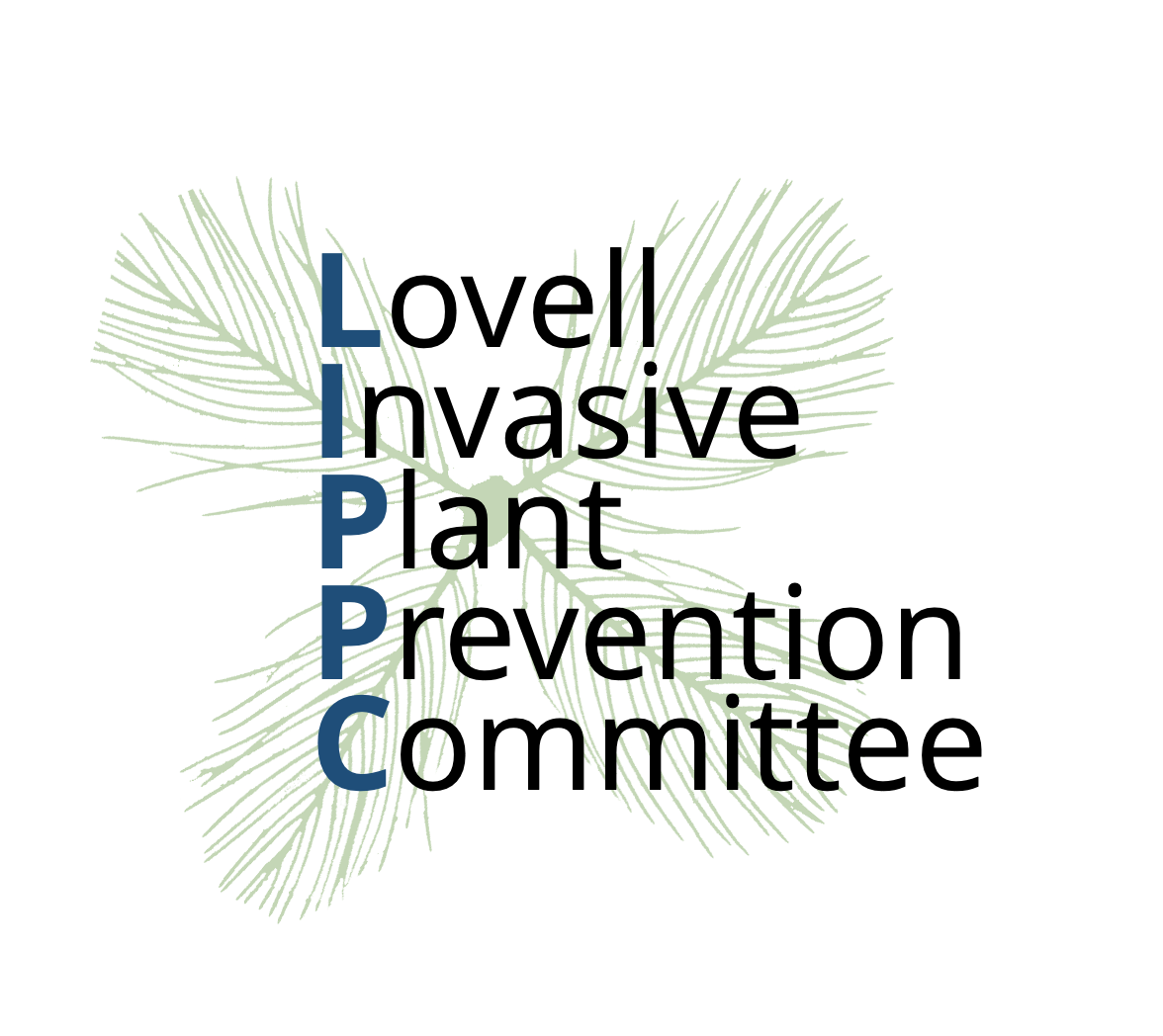
Each water body in the Kezar Lake Watershed deserves protection from the threat of invasive aquatic plants.
The LIPPC Stewards Program Committee (SPC) mobilizes shoreline owners, to help protect the considerable value of our clear waters for the town, for property owners, and for visitors who enjoy each water body.
By establishing a network of stewards throughout the watersheds the SPC keeps watch for any possible invasive aquatic plant. The stewards also monitor activities that could introduce invasives, and are the link between shoreline residents and LIPPC.
The Stewards Program is the 2d line of protection from invasive plants after the Courtesy Boat Inspection Program,
A Steward’s job is easy… and enjoyable
On-the-water patrols along the shoreline help familiarize stewards with the native plant population. They look for anything different or unusual that might be an invasive plant and report it. Stewards are the early detection system to prevent invasive aquatic plant infestations.
At least one dedicated patrol of the shoreline is needed each season, and a brief monthly summary on any shoreline patrols, any sightings, and any concerns. Stewards are outfitted with a Patrol Kit to aid in the examination and identification of plants on the water.
Aquatic plants are easy to identify
Learn which ones are beneficial natives and which are dangerous invasives.
Don’t know plants? No worries!
Stewards are provided with resources to learn to identify and distinguish invasive from native aquatic plants. It is most important to recognize the native population and take notice any suspicious changes.
Stewards are encouraged to take the classroom and on-the-water training offered by the LIPPC Education Committee. The Steward’s Handbook is the Steward’s guide to IAPs, LIPPC, the Stewards Program, resources, how to conduct patrols, look for plants, and report any concerns.
The ABCs of Aquatic Plant Identification is a simple tool with pictures and descriptions of the most common aquatic plants native to our watersheds and potential invasive species.



